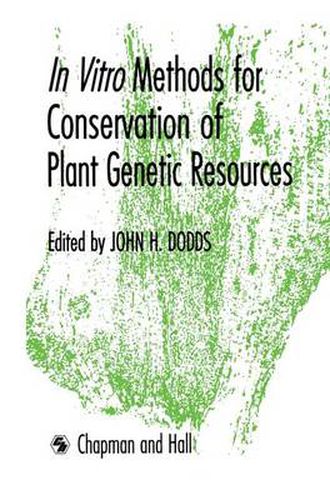Readings Newsletter
Become a Readings Member to make your shopping experience even easier.
Sign in or sign up for free!
You’re not far away from qualifying for FREE standard shipping within Australia
You’ve qualified for FREE standard shipping within Australia
The cart is loading…






This title is printed to order. This book may have been self-published. If so, we cannot guarantee the quality of the content. In the main most books will have gone through the editing process however some may not. We therefore suggest that you be aware of this before ordering this book. If in doubt check either the author or publisher’s details as we are unable to accept any returns unless they are faulty. Please contact us if you have any questions.
However, the transition from primitive to ‘advanced’ cultivars has had the effect of narrowing the genetic base. This has happened in two distinct ways: (1) selection for relative uniformity, resulting in ‘pure’ lines, multi lines, single or double hybrids, etc. ; and (2) selection for closely defined objectives. Both of these processes have resulted in a marked reduction in genetic variation. At the same time, there has been a tendency to restrict the gene pool from which parental material has been drawn. This is a result of the high level of productivity achieved when breeding within a restricted but well-adapted gene pool, and of breeding methods which have made it possible to introduce specifically desired improvements, such as disease resistance and quality characteristics, into breeding stocks with a minimum of disturbance to genotypic structure. Developments in agriculture, such as intensive mechanization, the widespread application of fertilizers and the use of herbicides, fungicides and pesticides, have created a situation whereby a few, selected high yielding cultivars may be grown over large parts of the earth, so further contributing to a decline in crop genetic diversity. This process is under way in all countries, both developed and developing, and unfortunately in cludes some of the richest primary and secondary gene centres of several important food crops.
$9.00 standard shipping within Australia
FREE standard shipping within Australia for orders over $100.00
Express & International shipping calculated at checkout
This title is printed to order. This book may have been self-published. If so, we cannot guarantee the quality of the content. In the main most books will have gone through the editing process however some may not. We therefore suggest that you be aware of this before ordering this book. If in doubt check either the author or publisher’s details as we are unable to accept any returns unless they are faulty. Please contact us if you have any questions.
However, the transition from primitive to ‘advanced’ cultivars has had the effect of narrowing the genetic base. This has happened in two distinct ways: (1) selection for relative uniformity, resulting in ‘pure’ lines, multi lines, single or double hybrids, etc. ; and (2) selection for closely defined objectives. Both of these processes have resulted in a marked reduction in genetic variation. At the same time, there has been a tendency to restrict the gene pool from which parental material has been drawn. This is a result of the high level of productivity achieved when breeding within a restricted but well-adapted gene pool, and of breeding methods which have made it possible to introduce specifically desired improvements, such as disease resistance and quality characteristics, into breeding stocks with a minimum of disturbance to genotypic structure. Developments in agriculture, such as intensive mechanization, the widespread application of fertilizers and the use of herbicides, fungicides and pesticides, have created a situation whereby a few, selected high yielding cultivars may be grown over large parts of the earth, so further contributing to a decline in crop genetic diversity. This process is under way in all countries, both developed and developing, and unfortunately in cludes some of the richest primary and secondary gene centres of several important food crops.